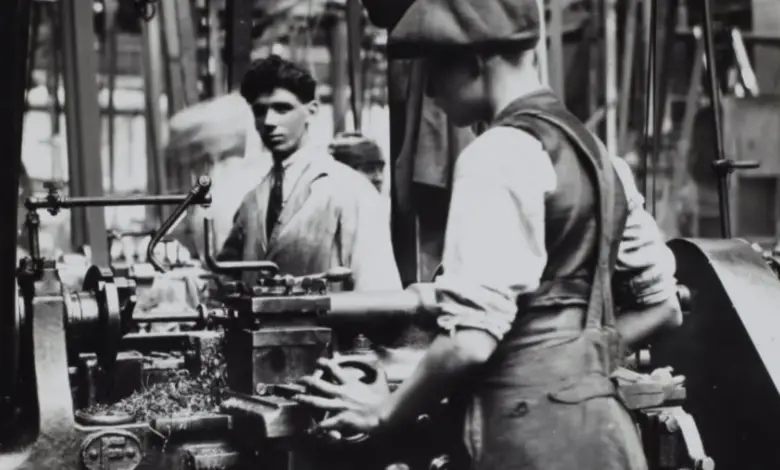3 Industrial Revolution Facts That You May Not Have Read In Your Text Books

Britain had access to natural resources like iron and coal. The agricultural sector in Britain had a steadily increasing economy during the 18th century. Before the Industrial Revolution began the manufacturing of the product was done from home. They used to use basic machines and hand tools.
The Industrial Revolution started in Britain during the 18th and 19th centuries.
The people in ancient and medieval times had no such machines or products through which their work can be done easily and fast. They have work to do it with hands and spend a lot of time on such a simple object. The power and energy they used to were their own or of animals.
The important change that brought about the industrial revolution was To introduction of machines which replaced the work done by hand tools. Use of steam engine and other power in place of human power and animals.
1. Industrialization
The textile industry was transformed by the two major inventions which brought a fast process of cloth making. One invention was by Englishman James Hargreaves in 1764 called spinning jenny which helped to make multiple spools of threads simultaneously. Another one was the power loom, which mechanized the process of weaving cloth, was developed in the 1780s by English inventor Edmund Cartwright.
Other such as the Iron industry and The steam engine also gave a boost to the Industrial Revolution. In the early 18th century, Englishman Abraham Darby discovered a cheaper, easier method to produce cast iron, using a coke-fueled (as opposed to charcoal-fired) furnace.
In 1712, Englishman Thomas Newcomen (1664-1729) developed the first practical steam engine (which was used primarily to pump water out of mines). By the 1770s, Scottish inventor James Watt had improved on Newcomen’s work, and the steam engine went on to power machinery, locomotives, and ships during the Industrial Revolution.
2. Transportation
There was a transformation in transportation too. First, they used to transport goods by horse-drawn wagons, and by boats along canals and rivers. After this In the early 1800s, American Robert Fulton built the first commercially successful steamboat, also British engineer Richard Trevithick constructed the first railway steam locomotive.
Additionally, around 1820, Scottish engineer John McAdam developed a new process for road construction. His technique, which became known as macadam, resulted in roads that were smoother, more durable, and less muddy.
3. Communication
Communication also became easier due to the invention. In 1837, two Brits, William Cooke, and Charles Wheatstone patented the first commercial electrical telegraph.
This brought big changes in human life. The lifestyle of the people changed of the middle and upper middle class. But the life of the poor and working class was much more difficult, as there were low wages given and the work was done in a dangerous condition. There were no job securities for unskilled workers. Children were the major labor force in the industries they used to work for long hours. In the early 1860s – a fifth of the labor force in textile industries was aged below 15.
As the industrial revolution started in Britain but by the 20th century we became the world’s leading industrial nation.



